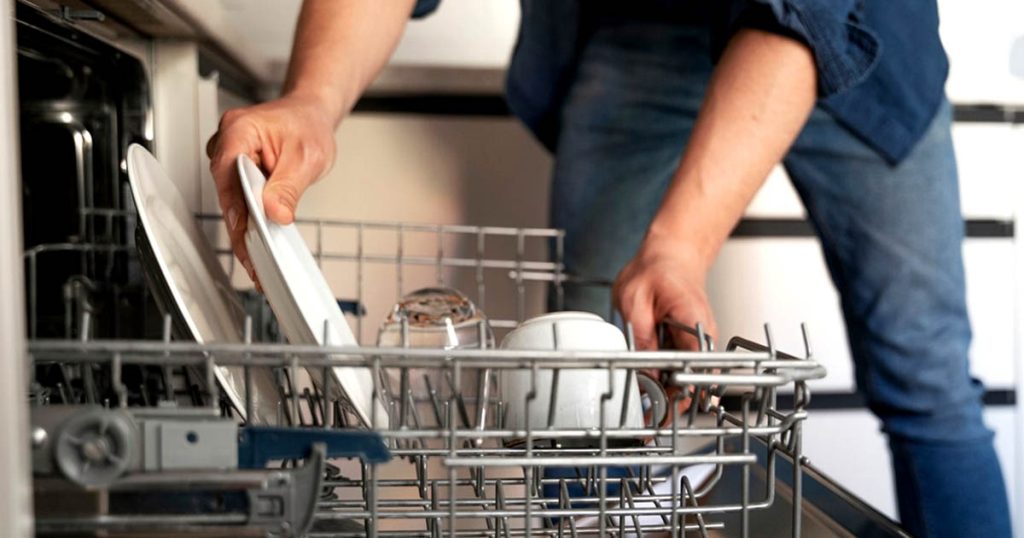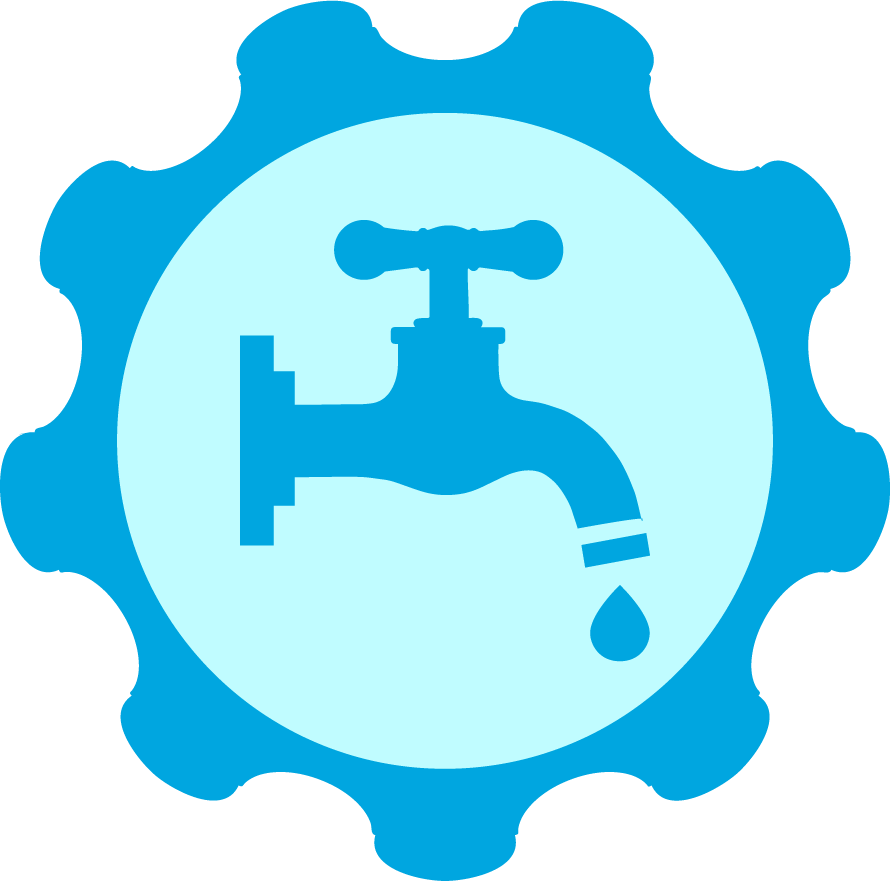How to Clean a Dishwasher: 4 Simple Steps for a Sparkling Appliance

As you run your dishwasher day after day, bits of food debris and soap scum can accumulate in its nooks and crannies. Over time, this buildup can harbor germs, cause unpleasant odors, and even affect your dishwasher’s performance. Luckily, regular cleaning is quick, simple, and ensures your dishes come out spotless every time. Below, PlumberHelp breaks down four essential steps to keep your dishwasher in top shape.
Step 1: Clear the Drain
- Remove the Bottom Rack
- Take out the bottom dishwasher rack for easier access to the drain area.
- Clean the Filter
- Locate and remove the filter at the bottom of the dishwasher (usually in the drain passage).
- Twist counterclockwise (like opening a jar) to lift it out.
- Rinse thoroughly under the faucet, removing any food particles or buildup.
- Check the Drain Passage
- Clear away visible debris so water can exit quickly.
- A clean drain improves efficiency and helps avoid clogs or damage.
Why This Matters: A dirty or blocked filter and drain area can slow water flow, reduce cleaning power, and potentially lead to standing water or overflow issues.
Step 2: Clean the Spray Arm Jets
- Identify Spray Arms
- Most dishwashers have upper and lower spray arms that rotate during the wash cycle to spray hot water.
- Unclog Each Jet
- Straighten a paper clip or a piece of wire.
- Gently poke through each hole on both spray arms to clear any debris or mineral deposits.
- Wipe Down
- Use a damp cloth to remove loosened dirt, ensuring the water flows freely when the arms spin.
Why This Matters: Clogged spray arms can’t distribute water effectively, leaving dishes dirty and sometimes covered in residue.
Step 3: Clean the Interior & Door Gasket with Vinegar
- Empty the Dishwasher
- Make sure you’ve removed all dishes and utensils.
- Place Vinegar on the Top Rack
- Pour 2 cups of white vinegar (5% acidity) into a dishwasher-safe bowl or cup.
- Set it on the top rack to ensure even distribution.
- Run a Normal Cycle
- Use hot water if possible, but no detergent.
- The vinegar will help dissolve grease, soap scum, and lingering odors.
- Wipe the Door Gasket
- Dip a cloth or sponge in a little white vinegar.
- Carefully clean around the rubber gasket to remove buildup and soap scum.
Why This Matters: Vinegar is a gentle, natural cleaner that breaks down residues and helps kill bacteria responsible for bad odors.
Step 4: Eliminate Odors with Baking Soda
- Sprinkle Baking Soda
- After the vinegar cycle, sprinkle 1 cup of baking soda along the bottom of the dishwasher.
- Run a Short, Hot Cycle
- This helps neutralize odors and brighten the interior.
- Skip the detergent during this step as well.
- Optional Bleach for Mold or Mildew
- If you notice mold or mildew (and your dishwasher does NOT have a stainless steel interior), place 1 cup of bleach in a dishwasher-safe container on the bottom rack and run a full cycle.
- Never mix bleach with vinegar or baking soda, and skip the bleach step altogether if your dishwasher is stainless steel.
Why This Matters: Baking soda is a natural odor absorber and gentle abrasive, so it leaves the interior of your dishwasher smelling fresh and looking great.
Extra Dishwasher Maintenance Tips
- Run Your Garbage Disposal First
- Dishwashers and disposals often share a drain. Clearing the disposal first prevents debris from blocking the dishwasher’s drain path.
- Only Run a Full Load
- Save water, energy, and prolong your dishwasher’s life by running cycles only when the machine is full.
- Leave Some Residue
- Surprisingly, scraping dishes completely clean can hinder detergent performance. A little grease or food helps the dish soap react properly—just remove large chunks first.
- Avoid Stainless Steel Damage
- Do not use bleach if your dishwasher has a stainless steel interior; it can cause discoloration or damage.
PlumberHelp’s Role in Dishwasher Maintenance
- Professional Installation: PlumberHelp can install dishwashers to ensure proper plumbing connections.
- Not an Appliance Repair Service: While we handle the plumbing side of your dishwasher, we do not perform repairs on the dishwasher’s internal components.
- Drain & Disposal Expertise: Because the dishwasher ties into kitchen plumbing, our licensed plumbers regularly work around dishwasher connections—ensuring everything drains smoothly.
Need a hand with your dishwasher’s plumbing or dealing with a stubborn clog?
Call PlumberHelp at 888-886-3881.
Quick Reference: How to Clean Your Dishwasher
Items Needed
- Paper clip or wire
- 2 cups of white vinegar
- Baking soda (1 cup)
- (Optional) 1 cup of bleach for non-stainless steel interiors
5 Easy Steps
- Remove the bottom rack.
- Clean spray arm holes with wire.
- Replace the bottom rack.
- Place vinegar in a bowl on the top rack; run a hot cycle.
- Sprinkle baking soda on the bottom; run a short, hot cycle.
By following these simple steps, you’ll keep your dishwasher running at peak performance—ensuring sparkling dishes, fewer odors, and an extended lifespan for one of your kitchen’s most essential appliances.
For further assistance or plumbing needs, contact PlumberHelp at 888-886-3881 today!
